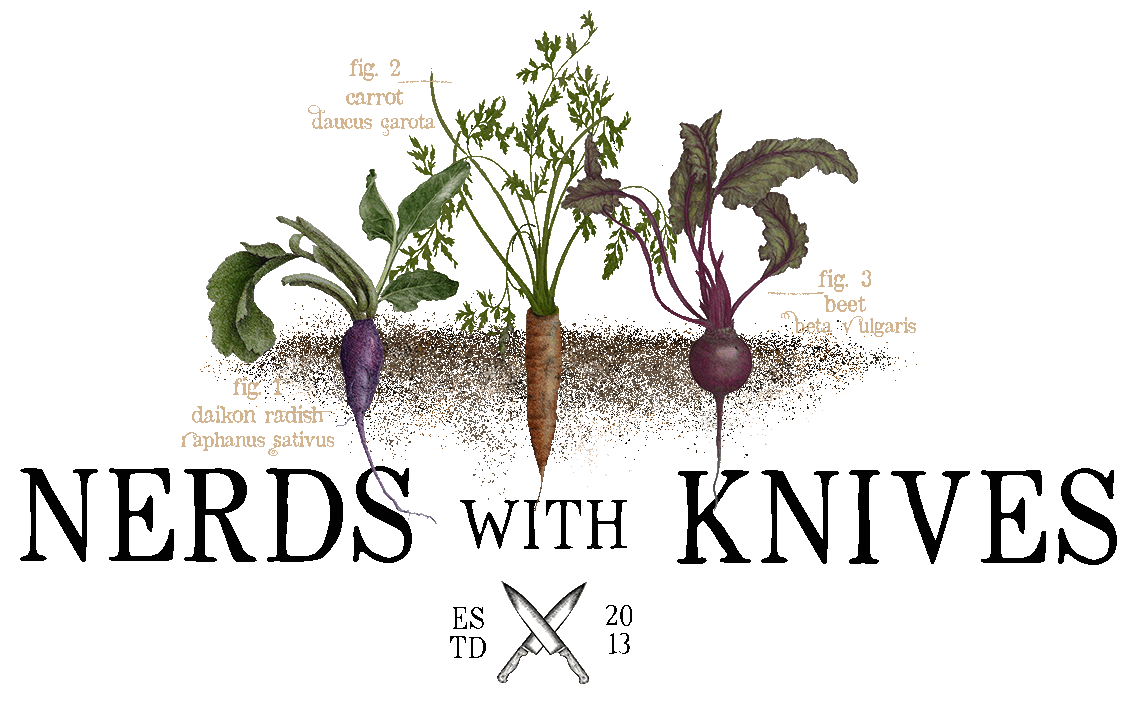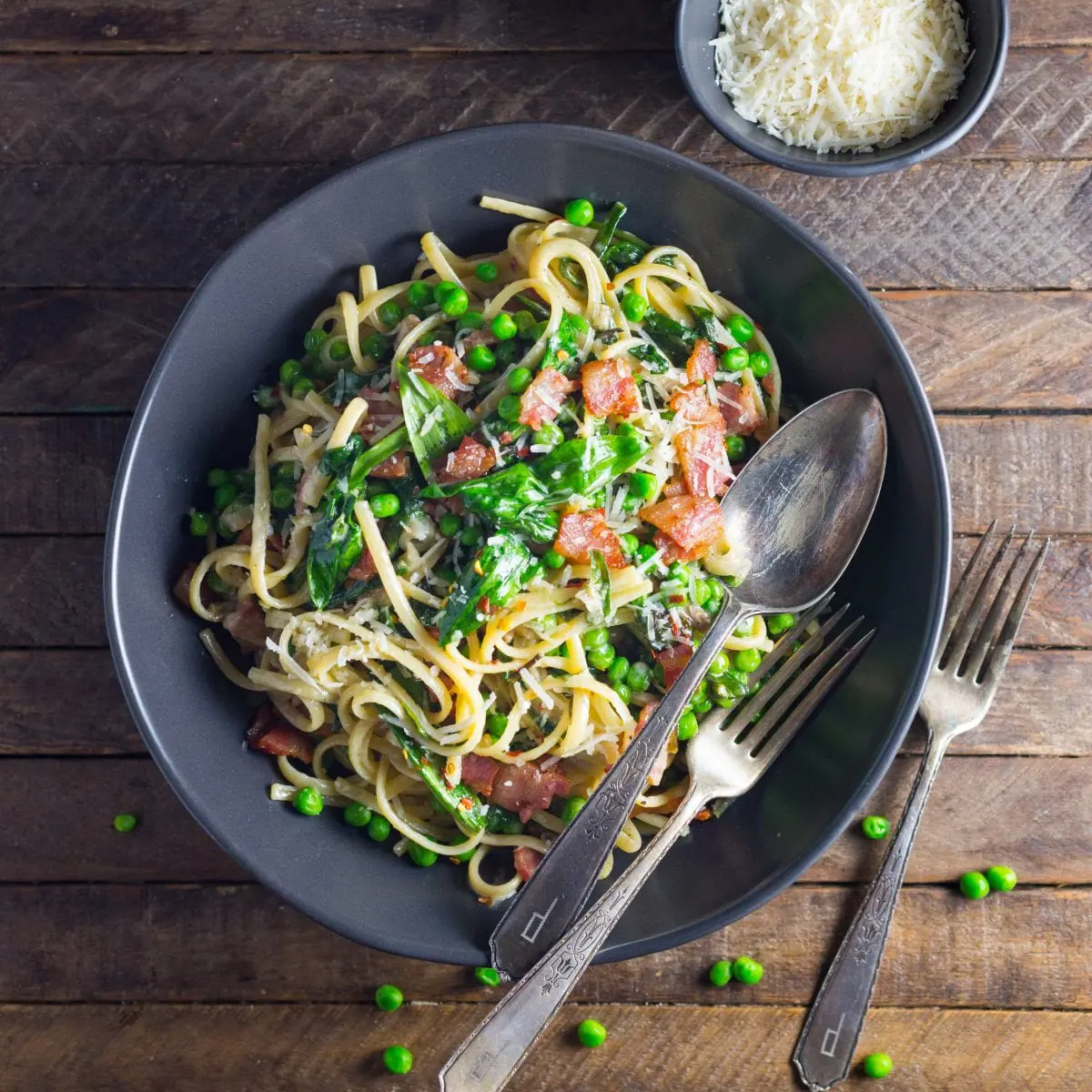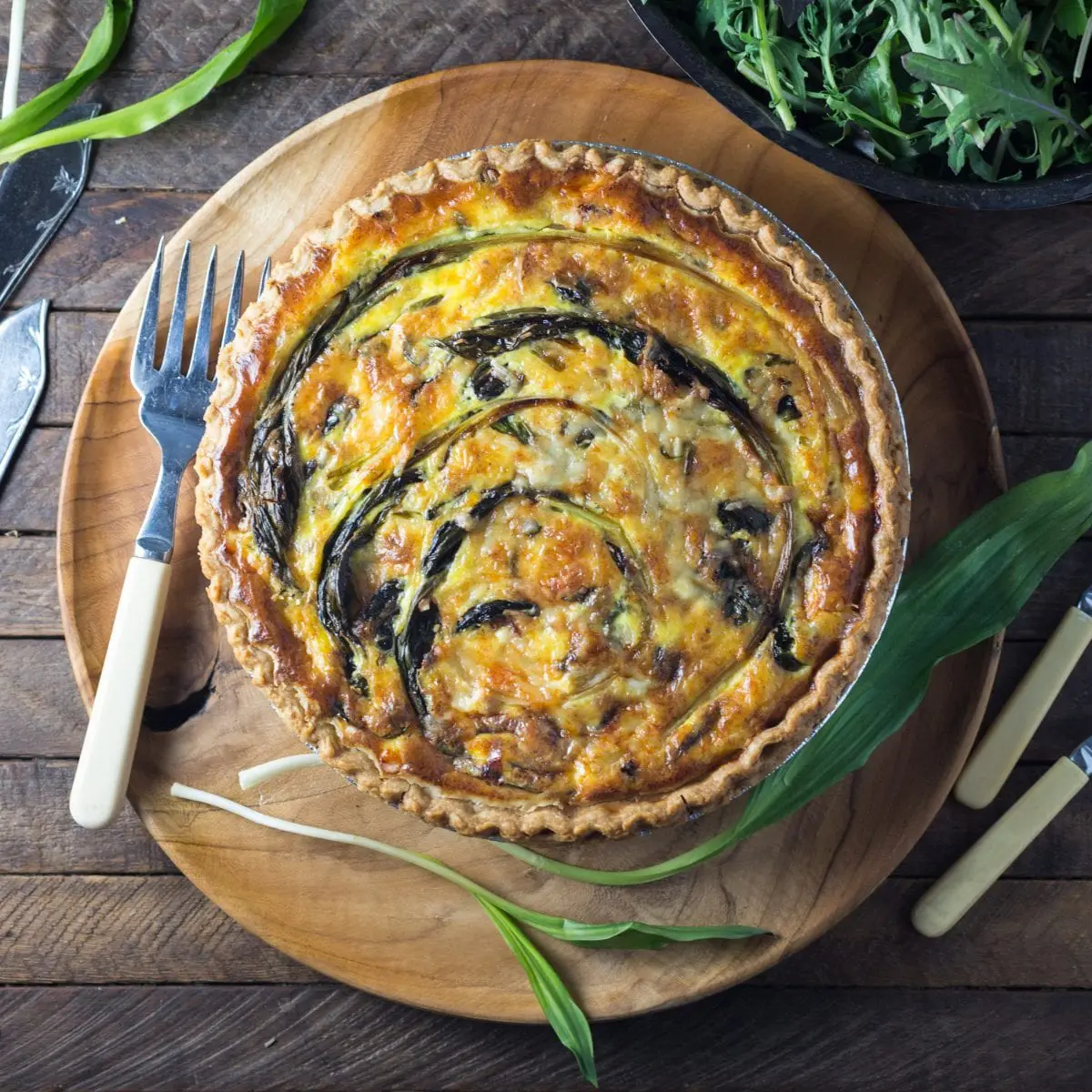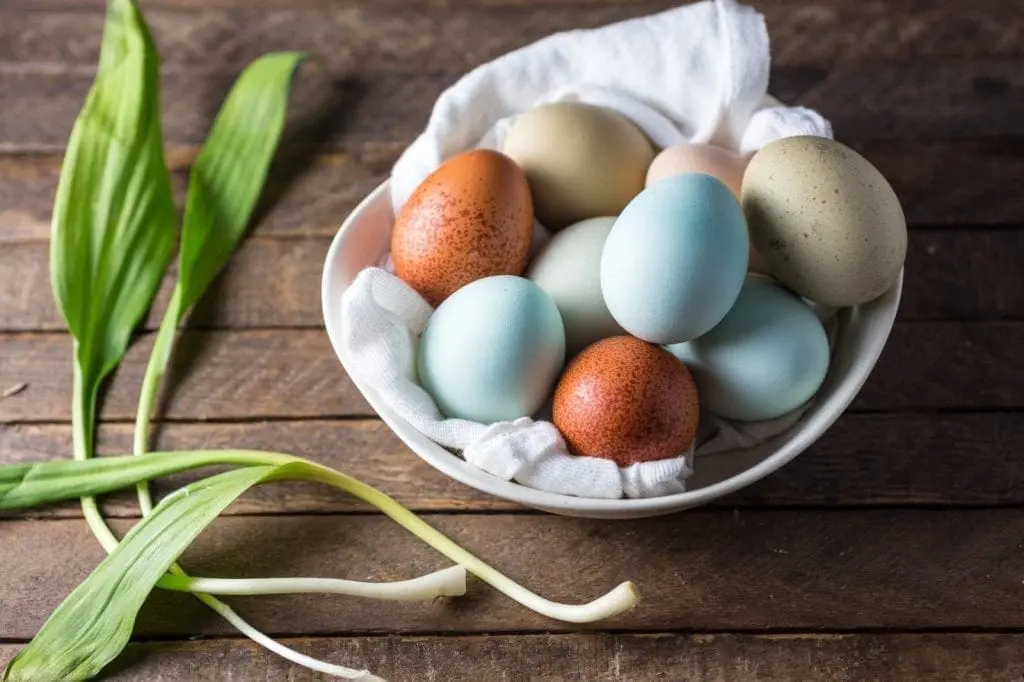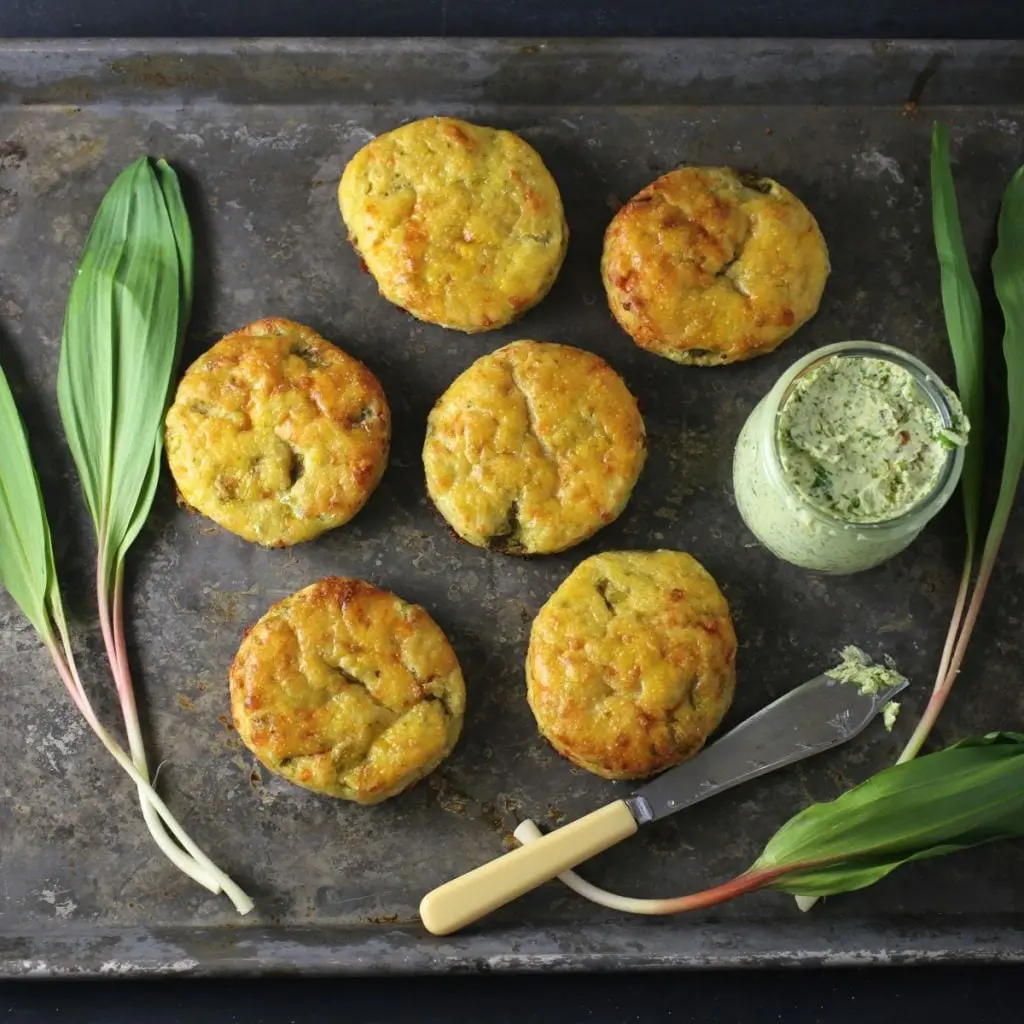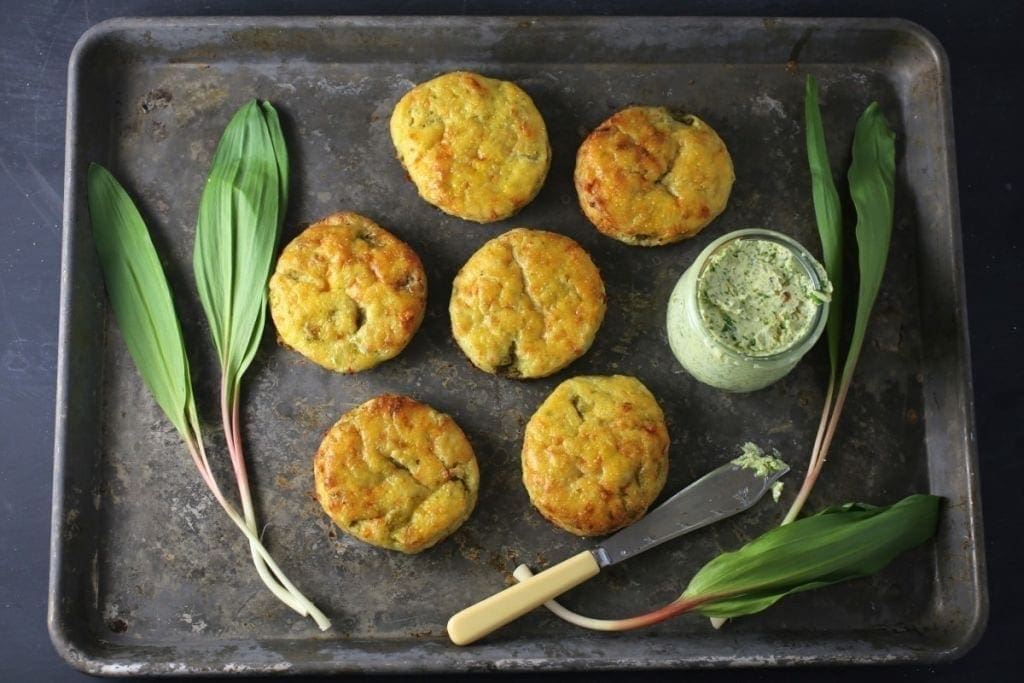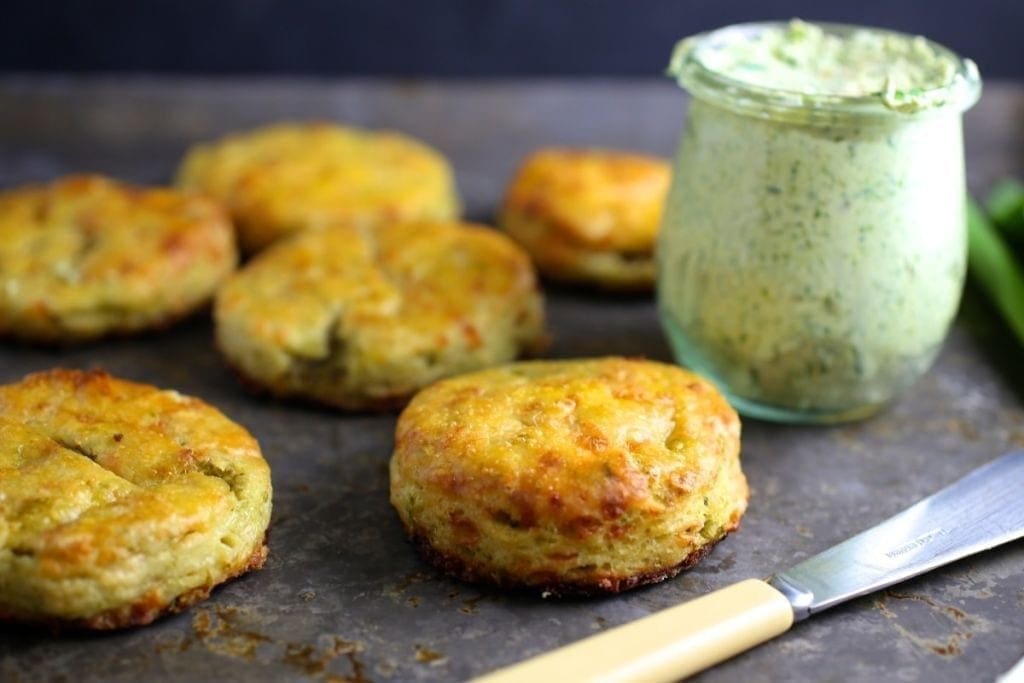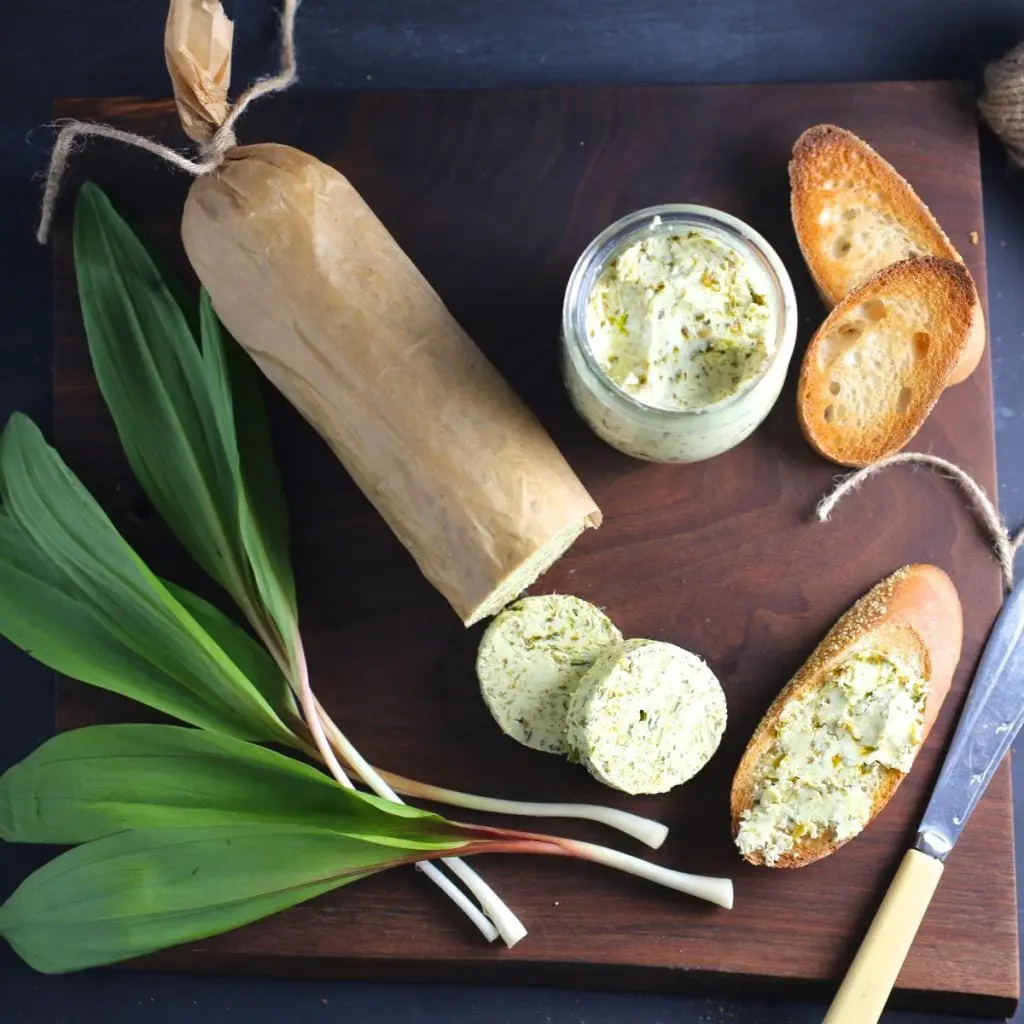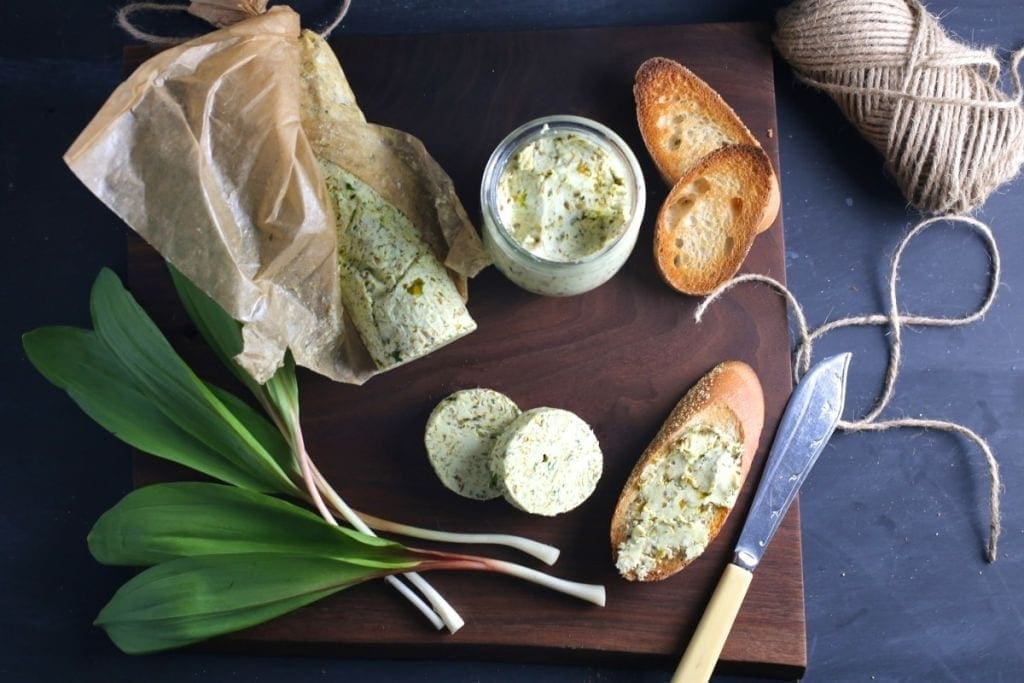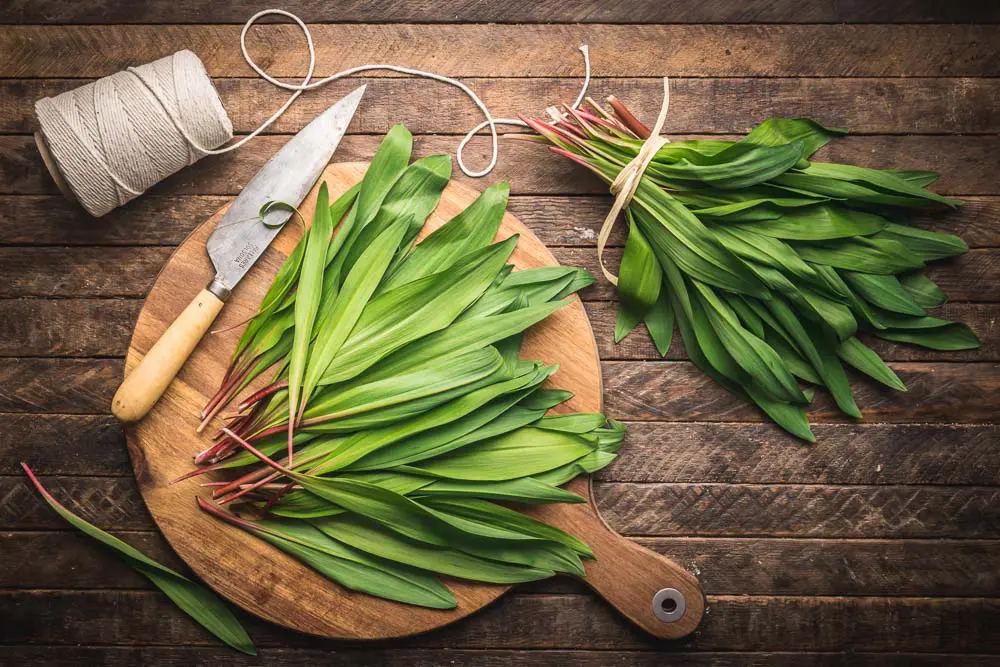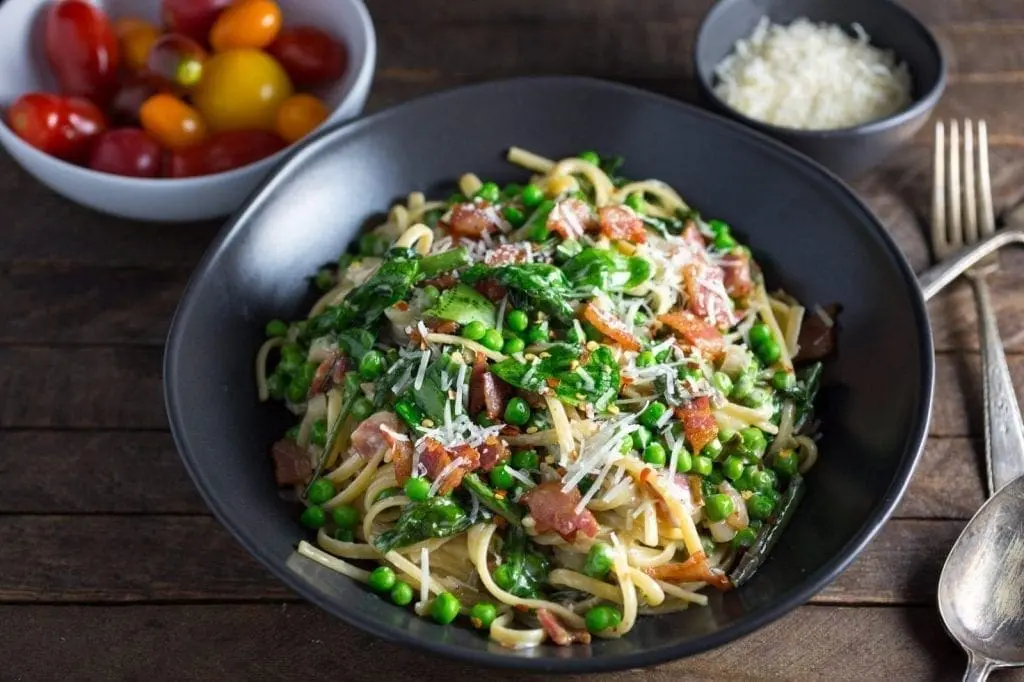
Ramps, a seasonal treat in the Northeast US, are in danger of being over-harvested. Since they are very slow to cultivate and difficult to farm, foraging is still the main way to find them. A wild ramp patch can be quickly overrun and destroyed. The most sustainable way to harvest ramps, if you find them yourself, is to cut only one leaf of each plant, leaving the bulb and second leaf to continue growing. This is least impactful on the soil, the plant, and the colony as a whole. You’ll find ramps in this form from sustainable vendors.
Every spring I’m reminded of how happy I am that we bought a house in the Hudson Valley. The sun is out and I’m sitting on our deck, watching the chickens romp around the ‘garden’. Yes, ‘garden’ is in quotes because it’s mostly weeds, rocks and buried concrete (why, previous owners? Why?). And yes, those pesky chickens are obsessed with destroying the few plants we’re actually trying to grow. But none of that matters! Gardens can be planted. Chickens can be strangled penned. The important thing is that it’s ours and we love it (sometimes).
Another fantastic thing about spring is all the wonderful fresh green things that are just beginning to show up at the farmers’ market (or your own garden, if you’re lucky and/or talented). A simple pasta dish like this takes full advantage of these fresh flavors, pairing the tender vegetables with crispy pancetta* and a light, creamy sauce.
*You could absolutely leave the pancetta out for a vegetarian dish. You’ll probably want to add a bit more salt since the pancetta is salty.
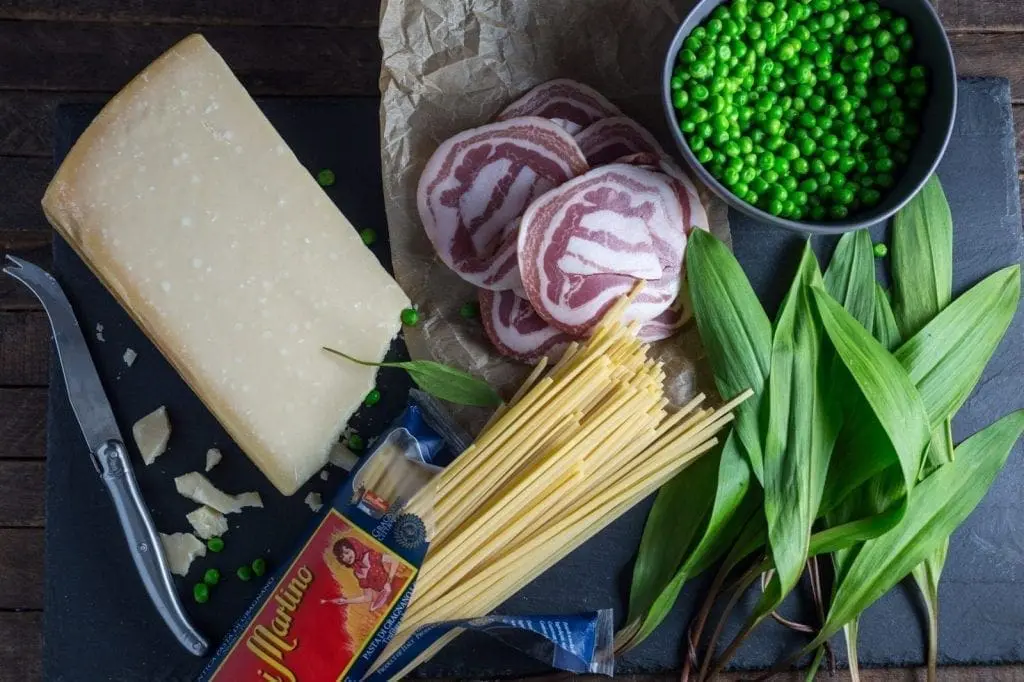
Since this is probably the last ramp recipe of the season (sob), it needed to be not just a really good one, but also flexible.
